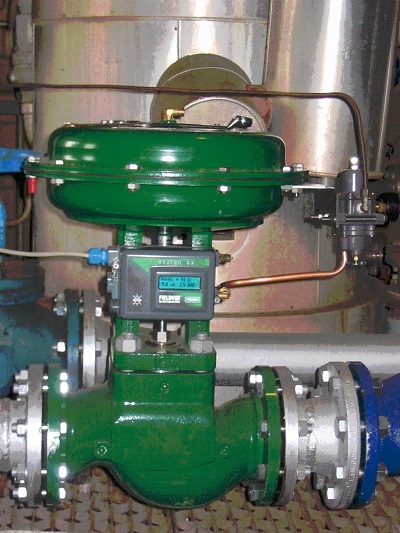Valve Basics
Valves control flow of liquid or dry product in a system. They are the tools that keep everyday sinks flowing, washing machines running, and biologically speaking, our hearts pumping. Without valves, the mechanization of our world would cease to exist. They are a crucial part of the manufacturing and machinery industry.

Valve Operation
There are several different ways valves can work. Some can be controlled using an external source, like a handle, lever, pedal, or wheel. These involve manual assistance, and are more often found in machines, like plumbing devices. Others are automatic, and have gauges that control the opening and closing of these products. These gauges judge levels of pressure, temperature, and flow, and trigger a portion of the valve that opens and closes it.
Types of Valves
There are a number of different types of valves that are used across the manufacturing world, some more discernible to the average joe than others. Valves fit into about five general categories, all of which have other types within them: Multi-Turn or Linear Motion Valves, Specialty Valves, Quarter Turn or Rotary Valves, Self-Actuated Valves, and Control Valves. These different types all serve slightly varied purposes, and work together with different devices.
Multi-Turn Valves are those that require more motion to seal. The Globe Valve, for example, requires a plug be lowered into a seat in the center of the valve. The Diaphragm Valve requires closure by using a diaphragm attached to a compressor.
Specialty Valves are made with custom designs by manufacturers like Streamline Industries. They are generally made to fulfill a specific purpose pertaining to the required flow rate, pressure, and temperature specifications, or corrosion, or erosion complications.
Quarter Turn Valves permit closure without using as much energy as the Multi-Turn valves. For example, the Butterfly Valve closes by means of a disc that only has to pivot to the direction of flow in the pipe.
Self-Actuated Valves moderate the flow of liquid independently without external assistance. The Check Valve, for example, works to prevent backflow, as flow in the correct direction opens it, and flow in the wrong direction closes it. Similarly, the Pressure Relief Valve prevents over-pressure in certain lines by “letting off steam” when a set pressure is exceeded.
Control Valves automatically vary the rate of flow to certify the correct amounts. These work by using sensory devices to moderate how much fluid is moving through the device at any given time. Most other types of valves can also be used as control valves.
What Are Valves Used For?
Valves can be found in essentially any device, or operating system that involves the motion of fluids, liquids, steams, or gases. Accordingly, they are everywhere. Valves are critical to our lives, and consequently, their upkeep and maintenance couldn’t be more important. To keep your valves in top shape, make sure you are using the right products, and keeping an eye on them to make sure everything is flowing smoothly.
If you’re looking for a professional service that knows everything there is to know about valves and other machinery, contact the professionals at Streamline Industries. Our services range from custom solutions to dynamic balancing, and we employ experienced professionals, all highly skilled when it comes to valves, machining, and manufacturing.
